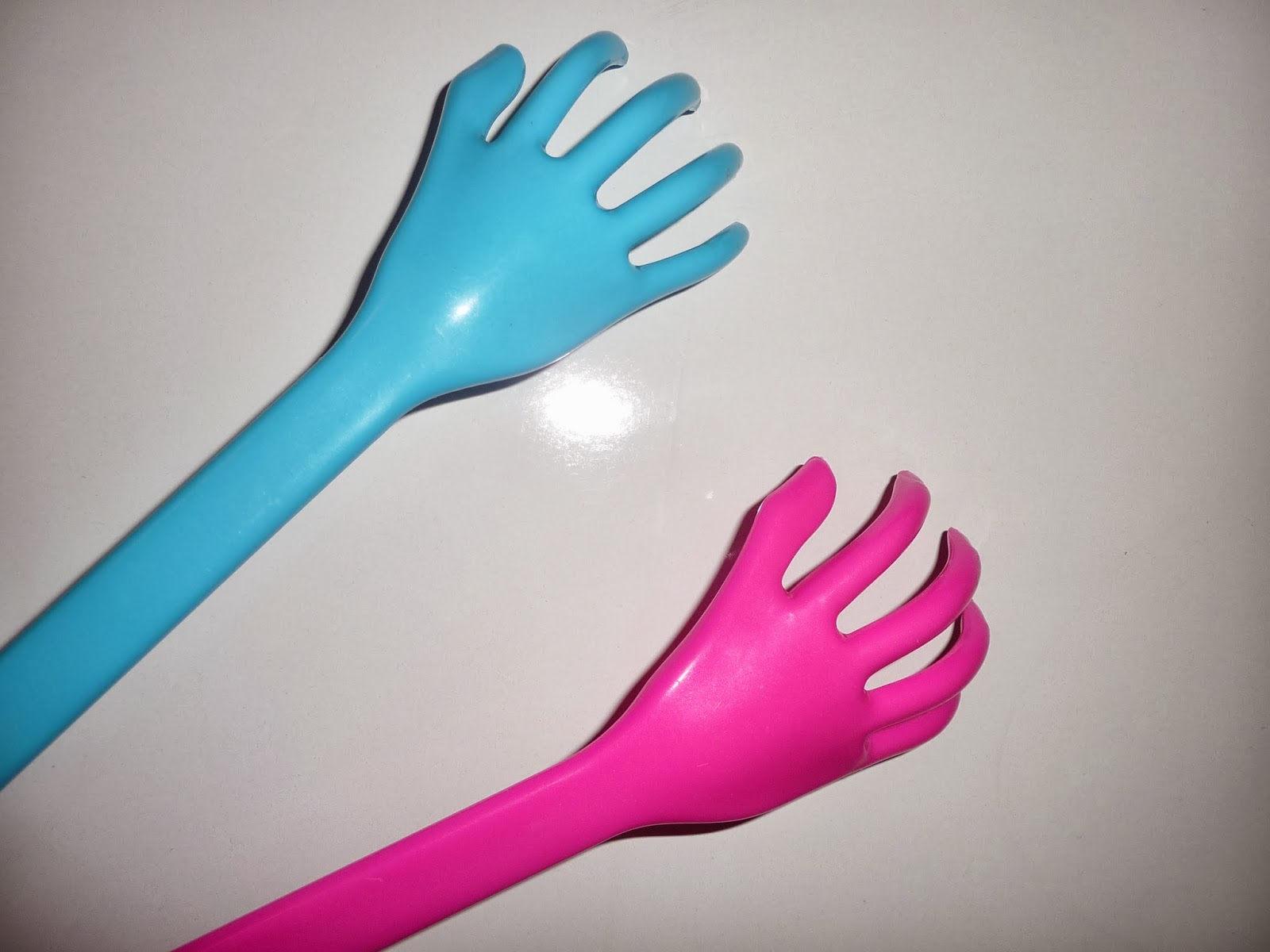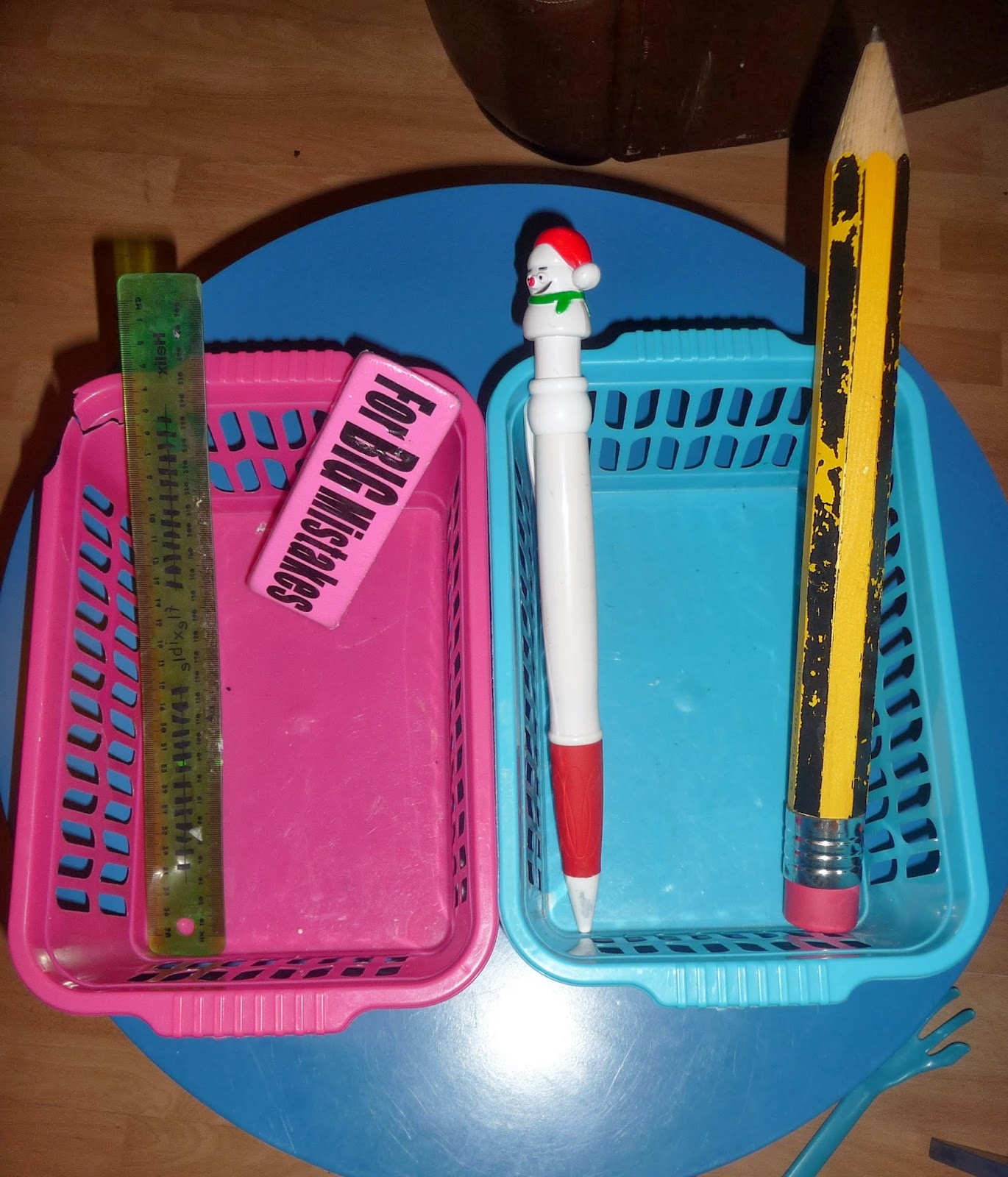My pupils can't get enough of teddies and animal games. They love talking about their own pets, dead or alive.... As you can see I try to please everybody with my props, even those who have 5 snakes in their homes (true!).
The most popular activities:
The hot/cold hiding game: One pupil hides an animal, another one has to find it in the classroom while the rest of the class whisper the name and get louder as he/she gets closer. Excellent for repeating the same animal fifty times without realising that they are working hard to learn the words.
Another version to practise plurals:
I have lots of knitted finger puppets from ebay, they are made in Peru so they only speak Spanish:-) We play "Heads down, thumbs up"(rules) with them, 4 children pick a few puppets and those who need to do the guessing will have to say sentences like: "Tiene 3 vacas", "Tiene 1 conejo", "Tiene 2 gatos", etc.
Mime the animal
A volunteer pretends to be an animal, the rest of the class have to guess who she/he is. It can be played in pairs, too.
Hiding games
1, I hide an animal under a napkin and the children have to guess which one it is. I only accept sentences!" Es un perro."
2, Or I only show part of the animal:
Animal sounds: this book of mine has different animal noises on each page, the children have to listen and guess what they are. The one who guesses the animal can press the next button. They love these little rewards:-).
... and real Spanish animals: Find your partner!
The children are going to be Spanish animals and they will have to "talk" like them! They are given a piece of paper with an animal picture on and they have to walk around the classroom repeating the animal sounds until they find their partners. A very noisy activity!
La Vaca Lola
A big favourite! This is a very catchy simple song, we point to the body parts in the song ("cabeza", "cola") and we all shout "muuuuu..." at the end. I have a big Vaca Lola soft toy, somebody can dance with her as a reward while the song is on, she is very popular!The lyrics are here.
Un pulpito
I used to teach a Reception/ Year 1 mixed age class, this song went down very well with them. We all had flashcards and lifted them up when they were mentioned in the song. The lyrics are here.
To be continued.... a lot to do with animals:-) Enjoy the activities!!!

















.png)

































